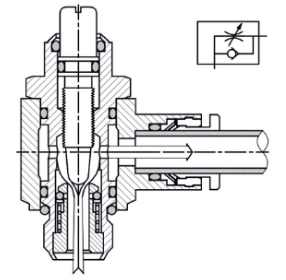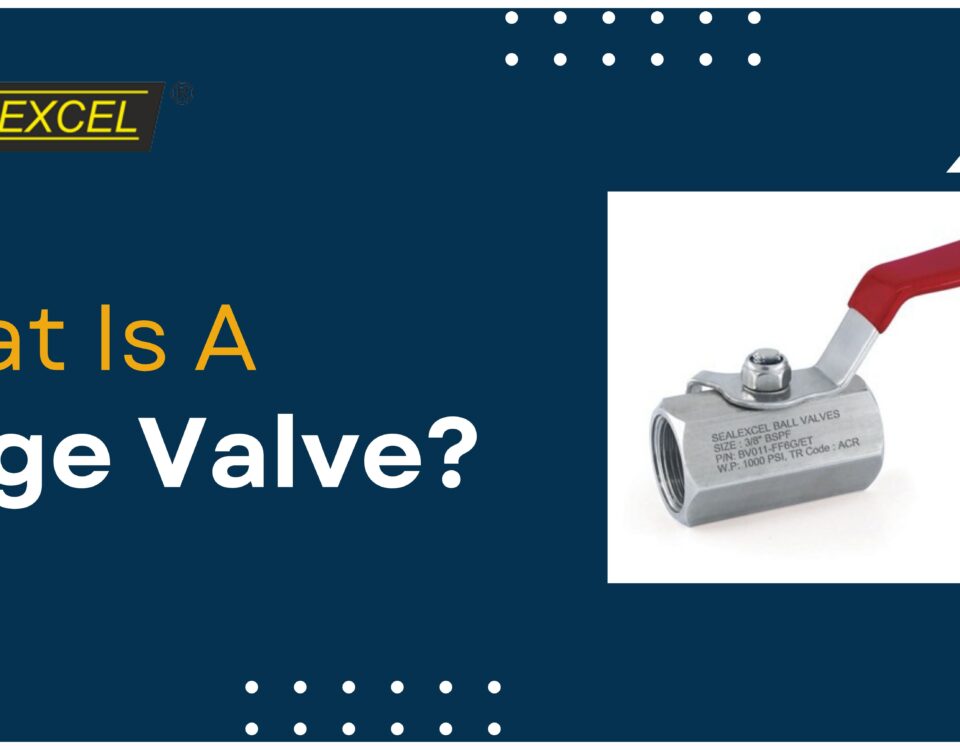What You Need to Know About Check Valves and Their Sizes
January 10, 2018Five Mistake To Avoid When Dealing With Hydraulic Leaks
March 20, 2020There are several types of valves used in the industry. Here we explore pressure control valves, 
What are pressure control valves?
Pressure control valves are found in almost all hydraulic systems. These valves assist in a variety of functions, most importantly, keeping the system pressures below the upper limit in order to maintain desired pressures in one of more parts of the circuit.
While all the different types of pressure control valves derive the same function, their action may be different. Hence, these are classified as relief, counterbalance, reducing, sequence and unloading valves.
Pressure relief valves are one of the most common ones and function well with fluid power systems that operate in a preset pressure range. They safeguard the system by limiting maximum pressure of the particular system. The excess fluid is directed away under high pressure conditions.
Typically, purge and bleed valves are the most common relief valves used in industry. Let’s learn a bit more about these valves.
Bleed and purge valves
These valves are designed to bleed the system in a safe manner for various applications, such as before scheduled maintenance, while calibrating control devices, or before removal of an instrument.
The safety feature is further enhanced by knurled caps which are permanently assembled to the body of the valve.
While their mechanism of action is essentially the same, there is a minor difference between bleeding and purging a fluid line. Bleeding involves letting the fluid to run out to allow all the air bubbles to be pushed out.
In contrast, purging means emptying the fluid line completely. However, the two terms are often used interchangeably in the industry.
Valve configurations at SealExcel
Available in 316 stainless steel design, purge valves are manufactured with a pressure rating of 4000 
The vent hole in the cap purges the system pressure. Its cap portion is pressed to the valve body which helps prevent accidental disassembly. PGV series purge valves are available through our company.
Bleed valves are also designed with 316 stainless steel. These valves have a pressure rating of up to 1000 psi and a temperature range from -54°C to 454°C.
The design of vent tube is done in a manner that prevents accidental stem removal while it directs the excess gas or liquid away from the system line. BLV series bleed valves can be ordered today.
These and other flow control regulator valves and fittings are available for a number of industries. Call now for orders.


